
New Maruti Suzuki Fronx Driven: This Crossover Gives Baby Grand...
- Apr 9, 2023
- Views : 8327


The Maruti Suzuki Swift is a compact hatchback, priced between Rs 6.5-9.65 lakh (ex-showroom). This is the fourth generation of the vehicle, and not just a facelift. The direct rivals of the Swift include Hyundai’s Grand i10 Nios. Given its price, it also faces competition from vehicles such as the Maruti Suzuki Ignis, Tata Punch and Hyundai Exter. You could also consider lower-spec models of bigger hatchbacks such as the Hyundai i20 and Maruti Suzuki Baleno for similar money.
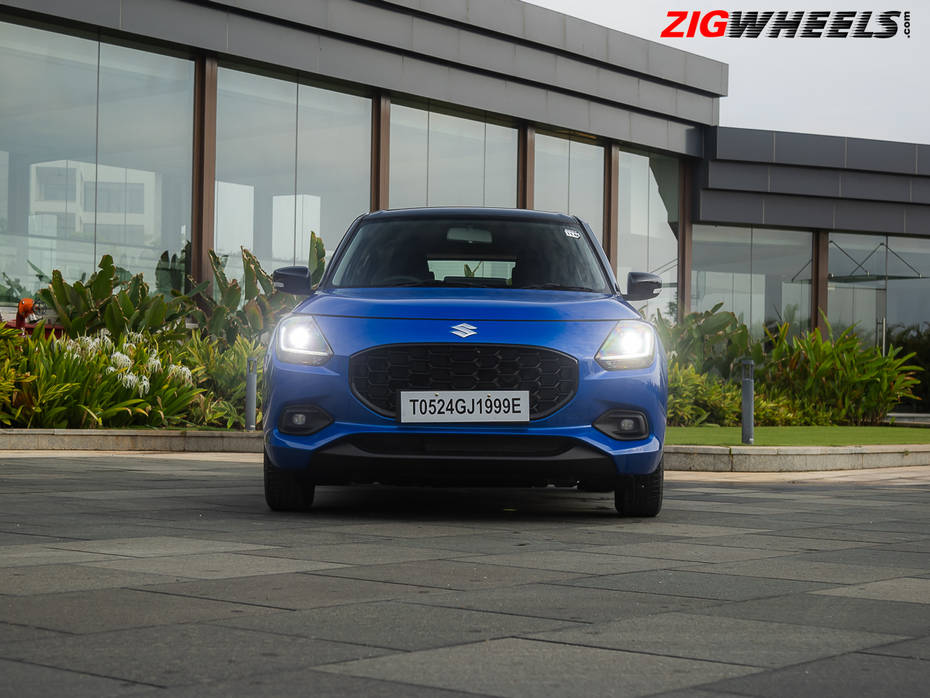
Visually, the new generation is unmistakably Swift. The car is now marginally longer, while height is slightly lower than before. This ends up amplifying the sporty quotient of the Swift. Maruti Suzuki is offering some really interesting colour options including a bright red and blue which suit the fun vibe that the Swift has always had.
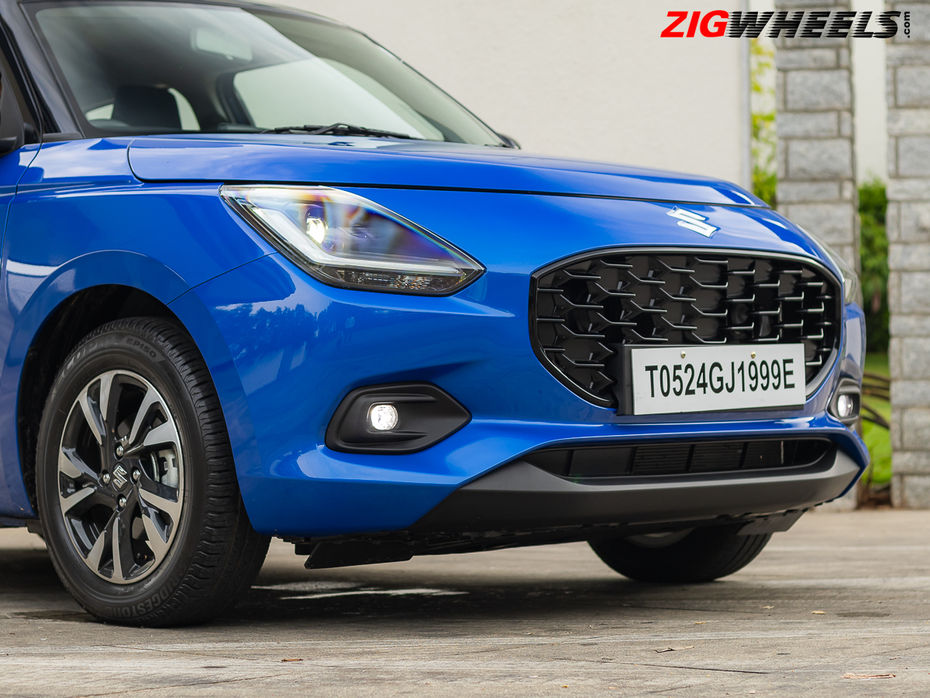
There are new design elements too. The ‘clamshell’ effect for the bonnet has been executed neatly, and the new larger grille does not look out of place either. The smoked projector LED headlights — now a Swift signature — are larger and placed lower, giving the car its trademark look. The top-spec trims also feature LED fog lamps.
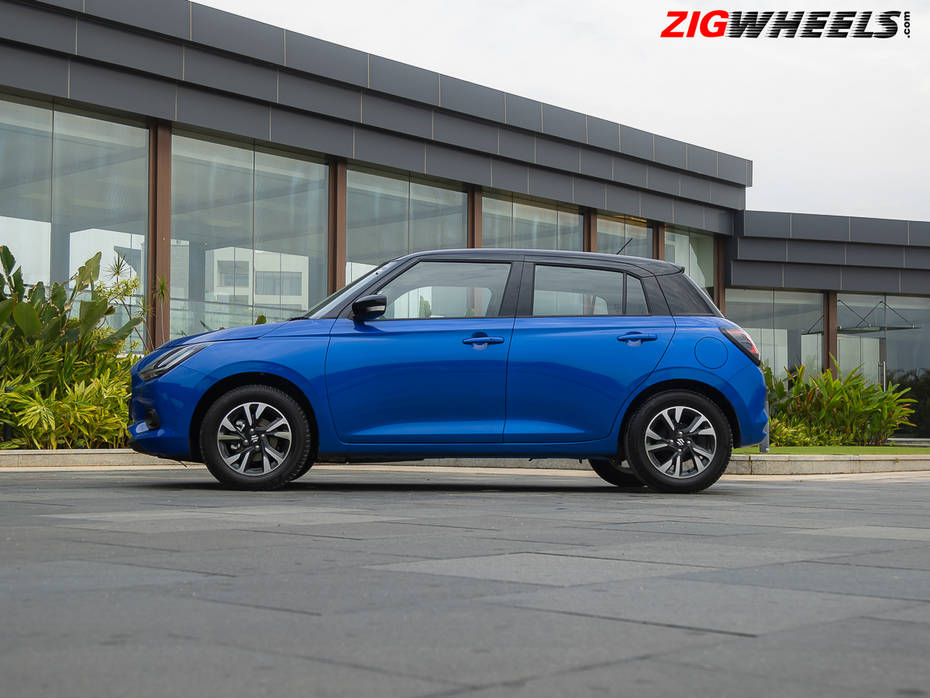
Over to the side, the sharp character line splitting the profile instantly grabs attention. Maruti pioneered the ‘floating roof’ effect with the blacked-out A-pillar in the original Swift, and it’s good to see that element being carried over. It’s more apparent in versions that are finished in a single tone as opposed to the dual-tone paint scheme our test cars had.
Higher variants of the Swift get 15-inch alloy wheels, with a rather generic design. We like the dual-tone finish on the Zxi+ variant (the lower Zxi variant gets single-tone alloys) but wish the wheels themselves were a size larger. This would’ve made the Swift look sportier still.
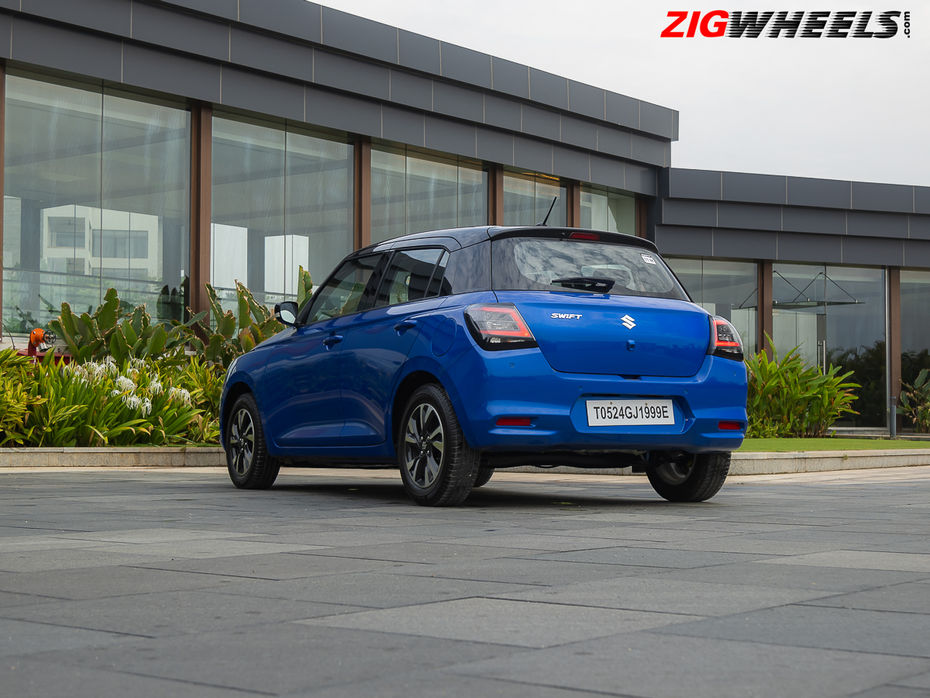
From the rear, you’d notice the slightly larger glass area. The tail lamps, too, have been placed lower and get an interesting smoked clear lens effect. Combined with sharp LED detailing, it makes for a rear that looks sporty without going over the top. A more prominent spoiler and possibly a set of exhaust tips would’ve rounded off the package nicely.
Overall, the newer generation looks better than the car it replaces. Paint quality and fit-finish are par for the course. You’d have no complaints on this front.

The Swift continues to be a low-slung hatchback. Getting in and out of the vehicle can be hard on the knees of the elderly. Once in, though, you’d be surprised to note that the Swift is evolving into a better family car with every generation.
Let’s first talk about the design, quality and materials. We begin with the dashboard, that now has a ‘layered’ design, much like the Baleno. Maruti Suzuki has opted for dark grey and gloss piano black accents to highlight certain elements in the cabin.
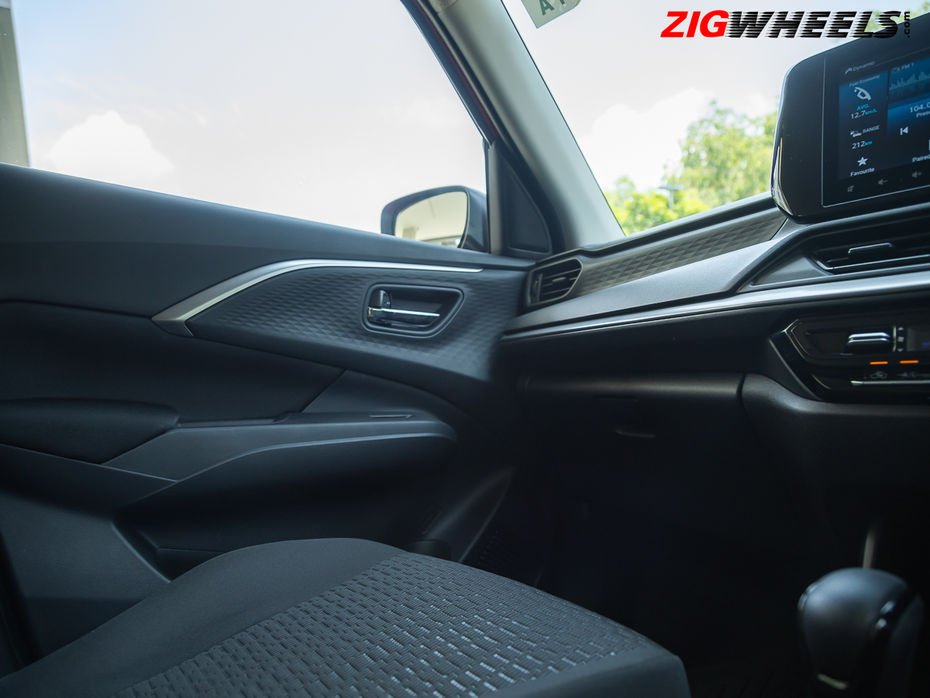
Now, the design looks alright, but we were expecting a step up in the quality of materials used. Here, the new Swift is on par with the vehicle it replaces. Yes, there’s an interesting textured pattern in the dash and door pads, but it does very little to uplift the ambience of the cabin.
While we understand that Maruti Suzuki has opted for an all-black cabin theme in interest of making the cabin feel sporty, it has sadly ended up looking slightly budget-grade. Suzuki offers a dual-tone cabin in the global models, which could’ve been considered for the Indian model as well. Make no mistake, fit and finish is expectedly flawless, but the touch and feel of materials leave a lot to be desired.
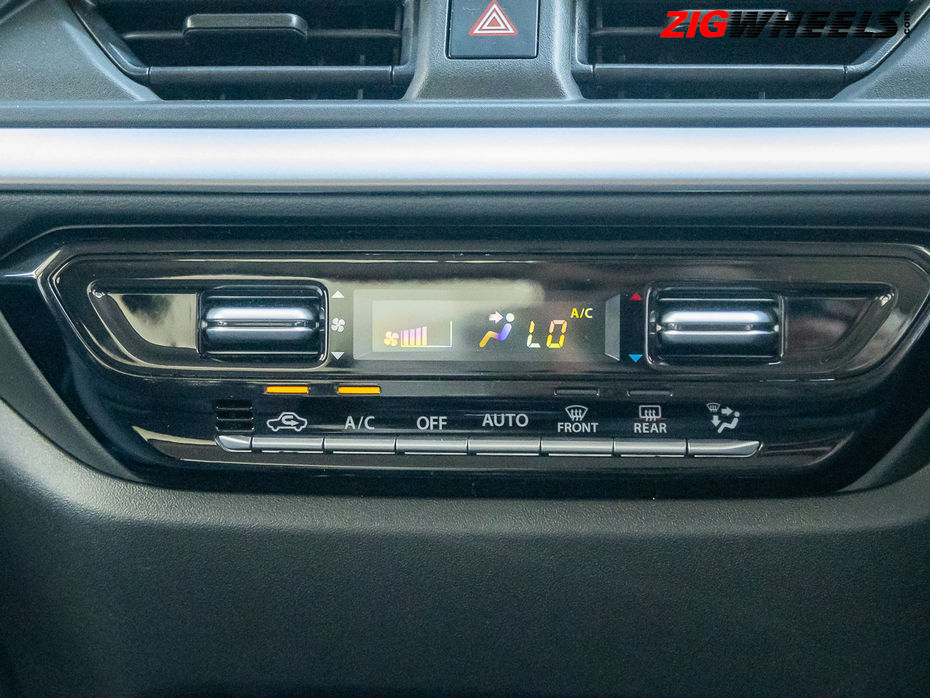
Similarly, the liberal use of gloss black plastic around the screen and gear lever is something that could’ve been avoided. This material attracts fingerprints, dust and scratches.
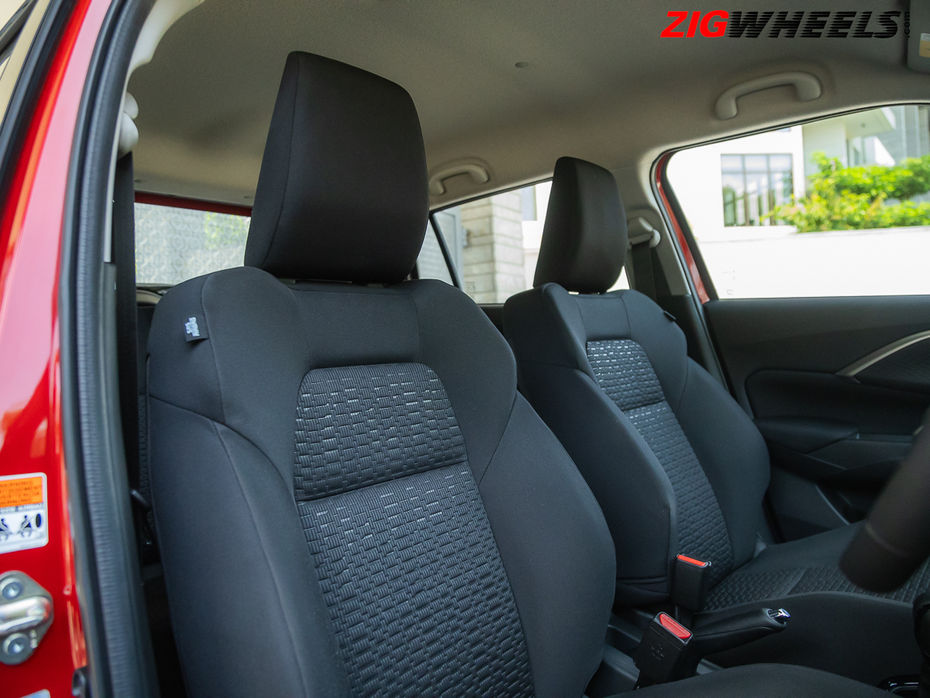
Front seats on the new Swift are wide and supportive. Even if you have a large build, the seats offer adequate support around the shoulders and upper back. There’s plenty of travel in the driver’s seat, so even those above 6 feet will be comfortable here.
Even on the top-spec version, Maruti Suzuki offers basic fabric upholstery. For the price, leatherette seats would’ve been a better choice. Cushioning on the seats is quite soft. This is spot on for anyone with an average build. However, if you’re on the heavier side, you’ll find yourself ‘sinking’ into the seat and wanting a little firmness from the cushioning.
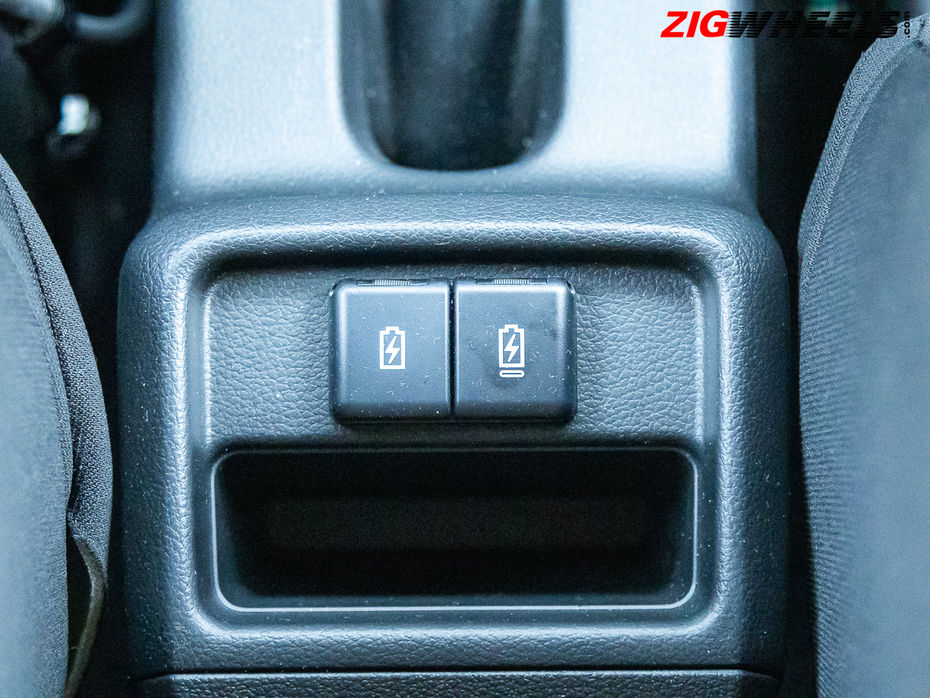
The front occupants get storage in the doors, two cup holders and a phone tray in the centre, and a well sized glove box. There’s a nifty phone holder too (ideally meant for the rear occupants) that can be easily accessed from the front seats.
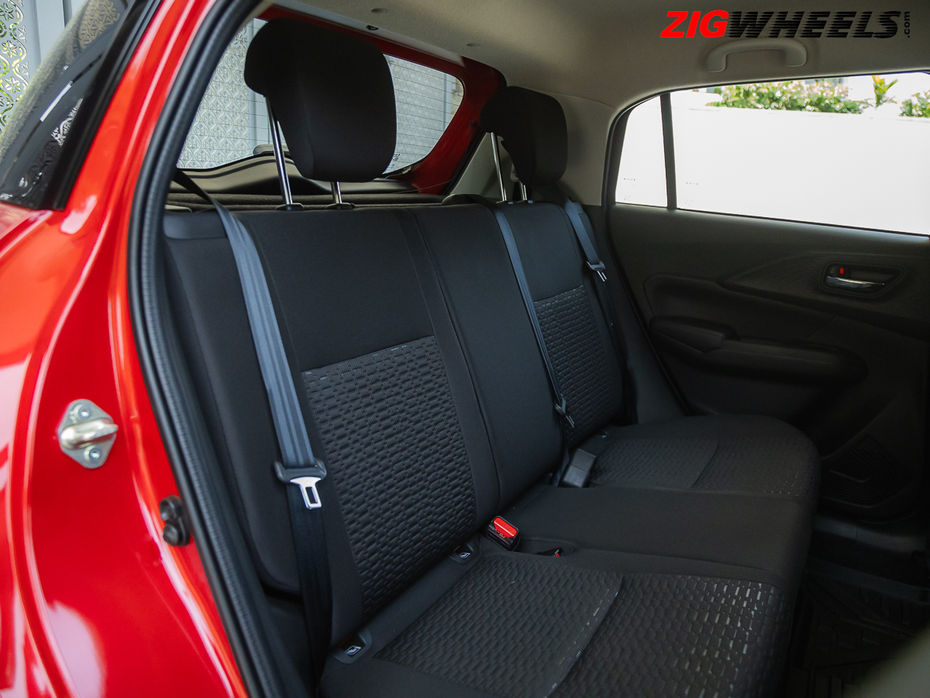
Over to the rear, the knee room, foot room and head room is enough for a six-footer to be comfortable behind a six-foot-tall driver. You might find your shin fouling against the front seat, but the soft cushioning ensures it’s not much of a bother.
We’d still call the Swift a four-seater. A third occupant can be squeezed into the rear bench if you absolutely have to, but you’d end up rubbing shoulders. Maruti provides a proper three-point seatbelt for the middle occupant, but weirdly no central headrest. On a related note, a central armrest would’ve been a helpful addition.
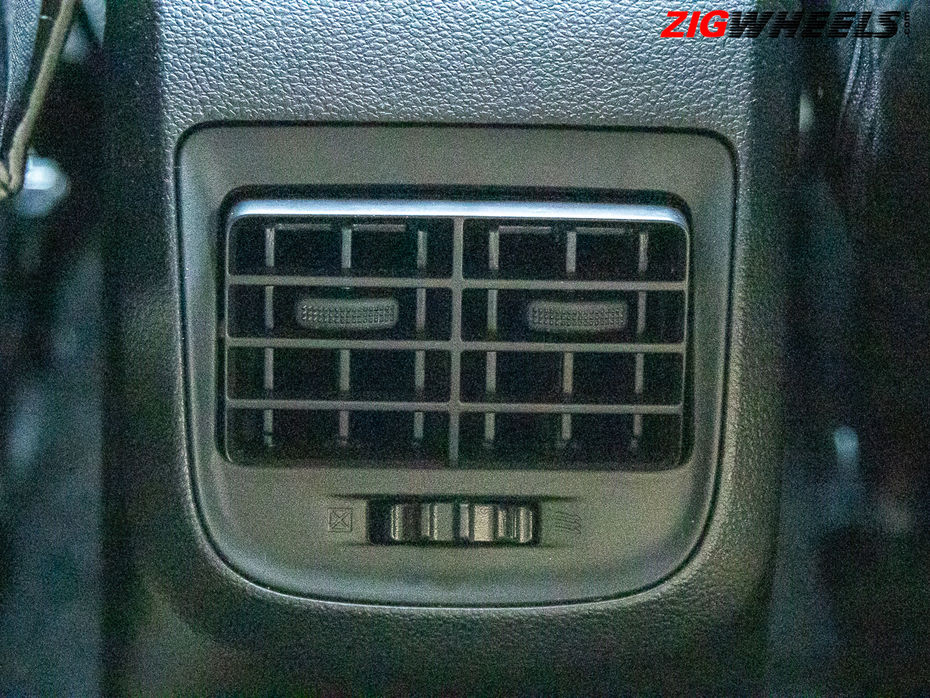
Rear occupants get type-A and type-C USB chargers and AC vents for comfort and convenience.
The window line at the rear is low, ensuring great sideward visibility. However, frontal visibility is severely limited due to the extra large headrests. Couple that with the all-black cabin theme, and the cabin ends up looking and feeling smaller than it actually is.
On the whole, the Swift is taking steps towards being a better family car. For a small family looking for a comfortable city runabout, the Swift is plenty sufficient.
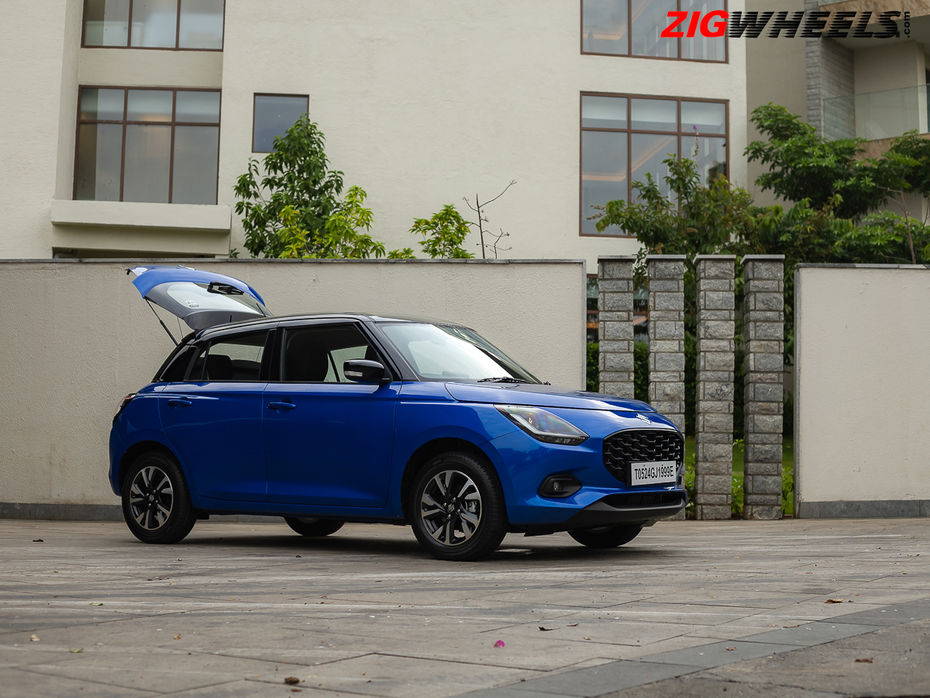
Claimed boot space stands at 265 litres, down by 3 litres. However, usable space is roughly the same. It’s sufficient to carry four cabin-sized trolley bags. There’s 60:40 split seats too, in case you have more luggage to carry.
What’s improved is the access to the boot. The boot opening itself is wider and the bumper is now lower. This means you don’t have to lift those heavy bags to store them in the boot.
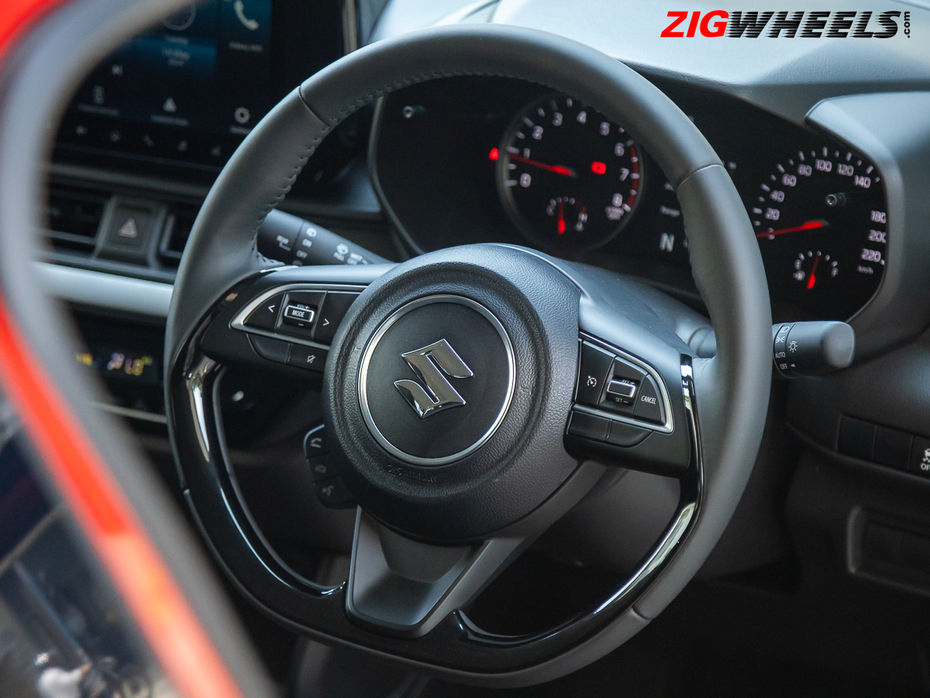
The features list on the new Swift remains more or less similar to the outgoing vehicle. Highlights include:
keyless entry
push-button start stop
cruise control
automatic climate control + rear ac vents
automatic headlights
wireless phone charger
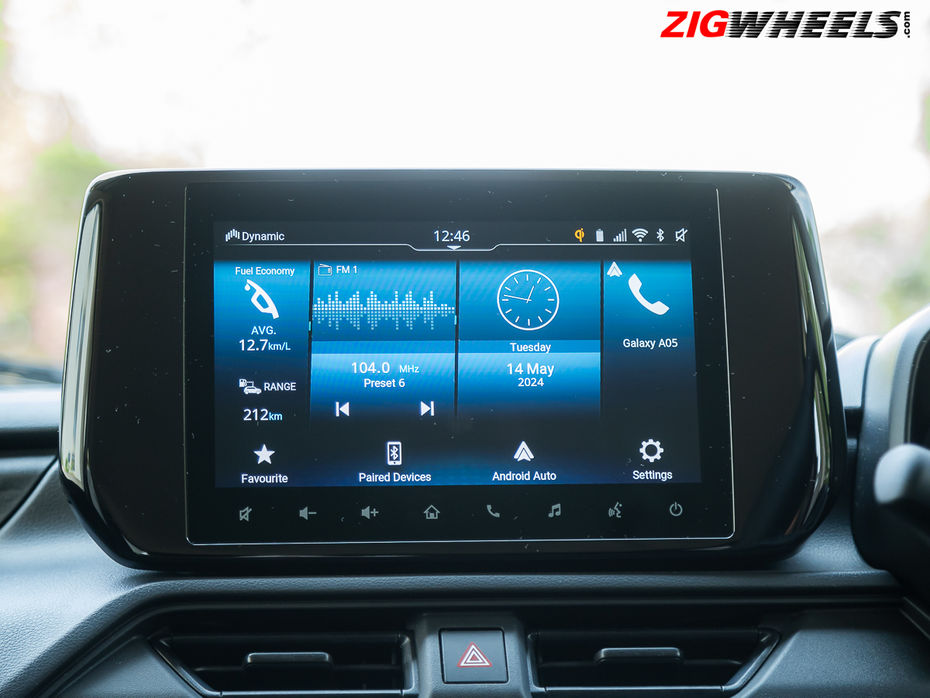
On the infotainment front, you now get Maruti’s staple 9-inch touchscreen that comes bundled with wireless Android Auto and Apple CarPlay. It’s paired with a basic 6-speaker sound system that sounds strictly average. Consider upgrading the speakers if you are finicky about audio quality.
This screen also doubles up as the display for the reverse camera. Camera quality is average, and we wish dynamic guidelines were on offer.

The instrument cluster features crisp analogue dials with a coloured 4.2-inch MID in the centre. This reads out the usual trip/fuel details and also has integration for direction updates via Google Maps (connected on Android Auto).
Maruti could have chosen to push the envelope a little, offering some feel-good features such as a sunroof, seat ventilation and possibly a 360-degree camera. A few basics such as an auto-dimming inside rear view mirror, front armrest and telescopic steering adjustment could’ve been included for the price it now commands.
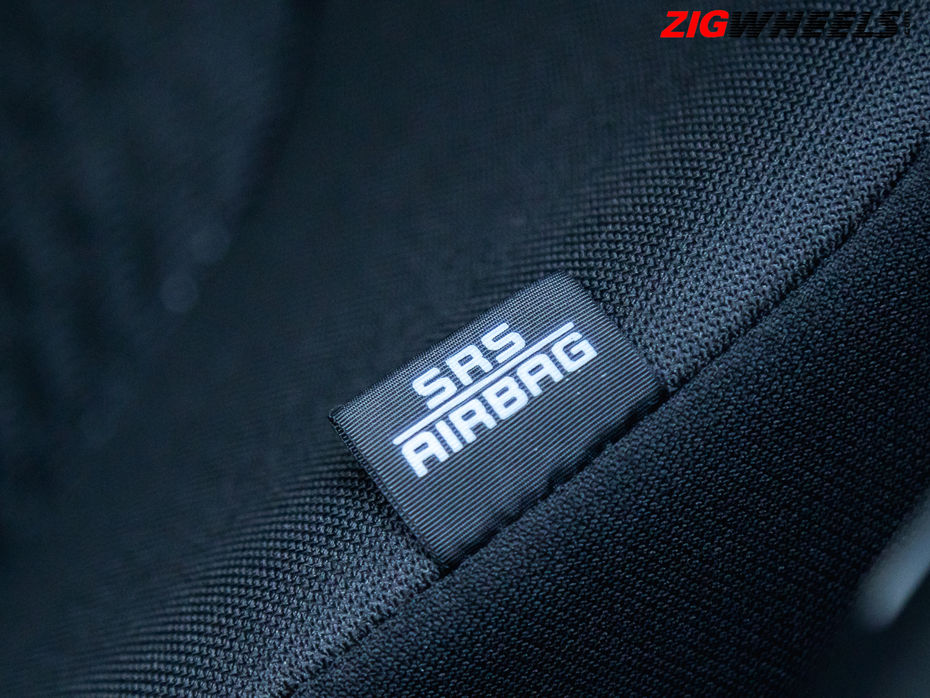
The new Swift gets 6 airbags, ISOFIX child seat mounts, ABS with EBD, electronic stability control, hill-hold assist and 3-point seatbelts for all occupants as standard. The Swift also gets safety features such as rear parking sensors and a rear camera.

The Maruti Suzuki Swift comes with a single engine option, a 1.2 litre naturally aspirated 3-cylinder engine (Z12E) offered with a 5-speed manual transmission as standard with the option of a 5-speed automated manual transmission (AMT). The Swift is the very first car in Maruti Suzuki’s model range to get this engine that promises a fuel efficiency of 24.80-25.75kmpl (claimed, manual-AMT).
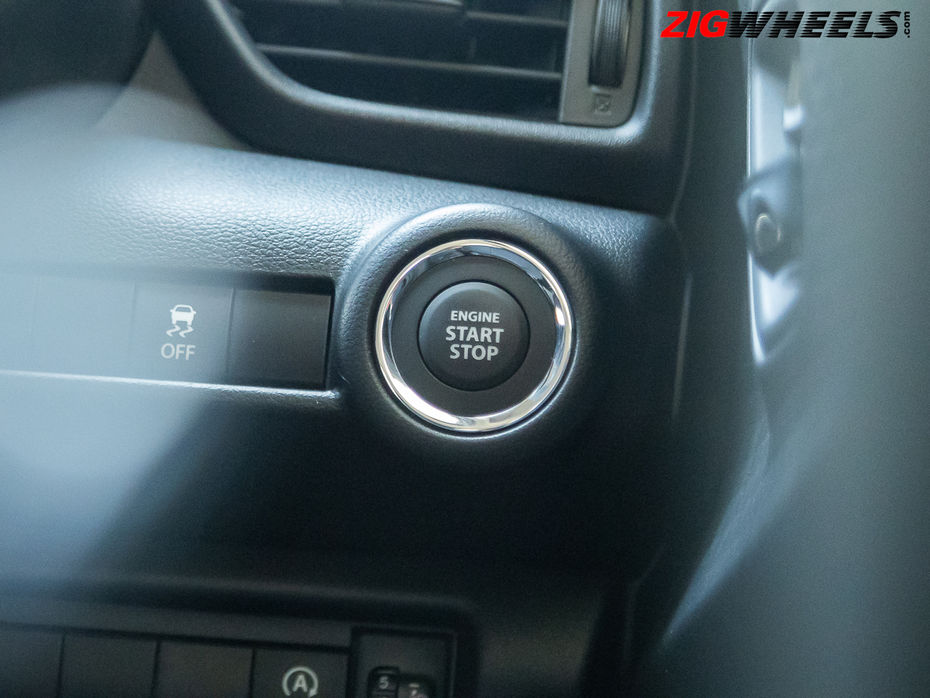
This engine has been tuned to focus on low-rev torque delivery in order to make city driving convenient and it shows. Getting up to 50 kmph is a breeze and light throttle inputs are sufficient to manage most of your commuting needs. In fact, most of your driving can be managed between 1500-3000 rpm and you can get up to 80 kmph very easily before feeling the need for stronger accelerator input. The engine also cruises around 2500 rpm in fifth gear at 100 kmph, so intercity drives won’t feel taxing on the engine through highways.
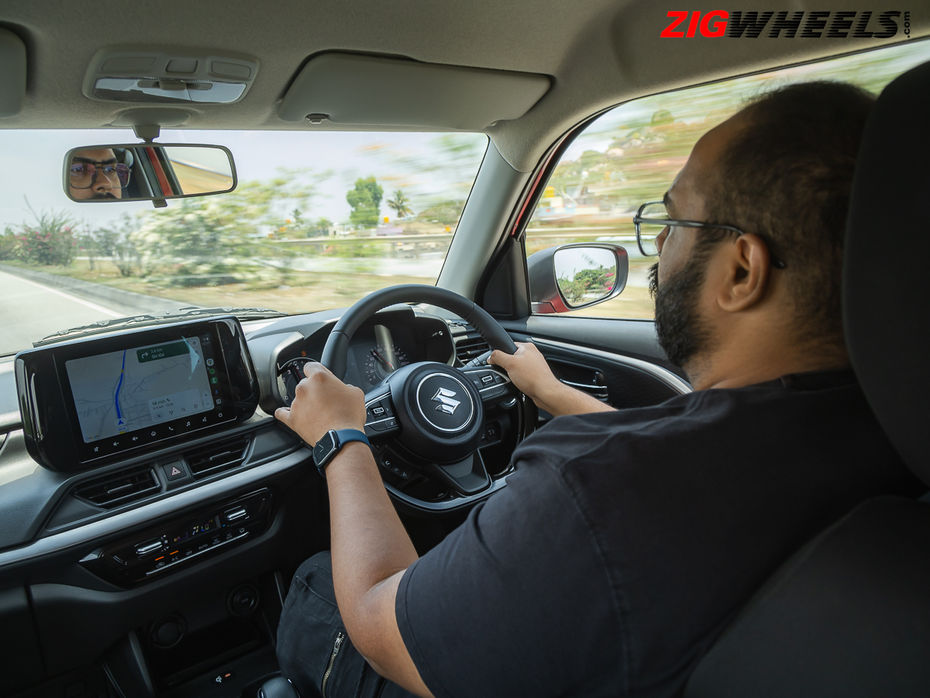
The Z12E is one of the smoothest 3-cylinder engines you’ll drive but it still is not as smooth or free-revving as the previous-generation Swift’s K12 engine. In stop-and-go traffic, some vibrations can be felt on the floor along with the pedals and initial throttle response could have been smoother. In this regard, the Hyundai Grand i10 Nios’ petrol engine feels a notch more polished.
The manual transmission is very easy to use with a light clutch that helps make driving in bumper-to-bumper traffic less of a hassle. In fact, between the manual and AMT, we prefer the manual transmission. The AMT adds a layer of convenience and can be opted for if you have to deal with heavy traffic often.

While the automatic transmission will take the stress off your left foot, you can feel the gears changing leading to a jerky motion while driving at low speeds. This can especially become an annoyance if you drive in hilly areas. The transmission, even in manual mode, doesn’t feel particularly smooth or quicker between gear changes than if you were to shift gears yourself with the manual transmission.
Overall, the new Swift’s drive experience has not seen an upgrade in performance or usability compared to its predecessor but it still does a good job of delivering performance that’s very easy to use and will be friendly for first-time car buyers as well. Combine the engine’s low-rev performance with the super light controls, and the Swift still functions well as a comfortable daily commuter.
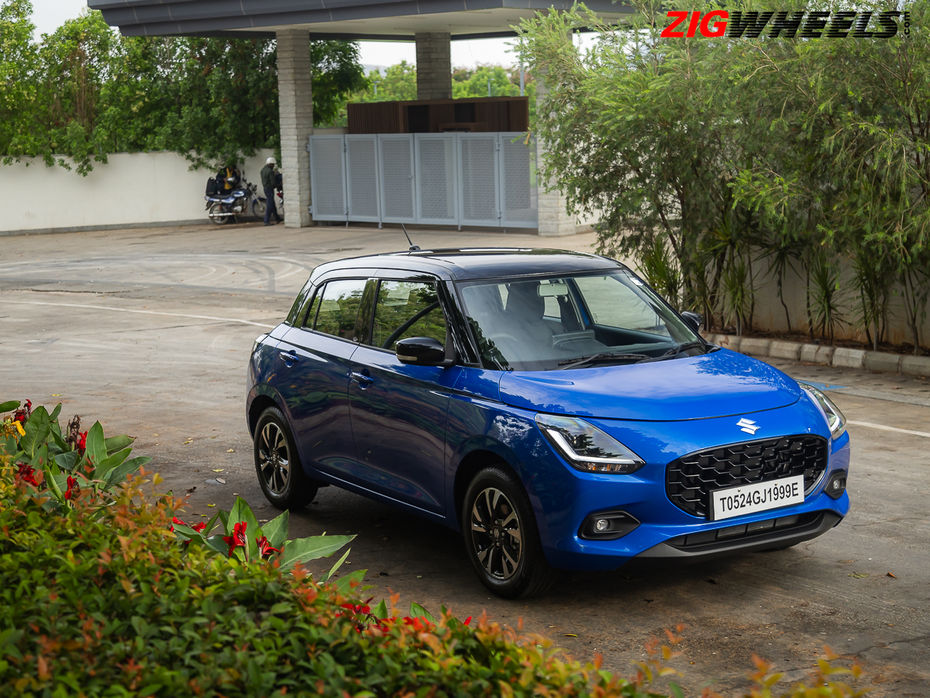
Ride quality in the new Maruti Suzuki Swift is comfortable. The suspension delivers good bump absorption and while sharper bumps can be heard in the cabin, passengers won’t feel them as much. The Swift’s high-speed stability is also comfortable, at least on smooth tar highways while surface changes can be more apparent on concrete roads.
Note that this behaviour will change with a full passenger load wherein bumps, speed breakers and uneven roads will be felt more inside the cabin.
The Swift is an easy car to handle. The car’s light steering and relatively low weight make it enjoyable to drive on twisty roads and while we wouldn’t call this a car built for the enthusiast, it can be fun to drive.
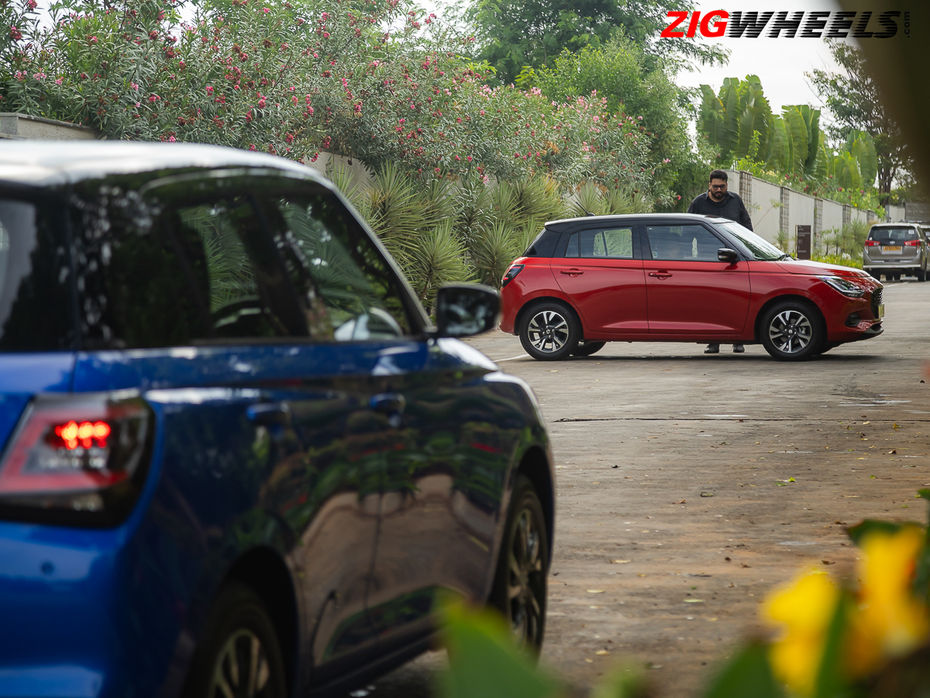
Objectively, the Swift delivers on its core promise as a compact city hatchback. It looks great, has enough space for a small family and their luggage and has the basics covered in terms of features too. It’s reassuring to see more safety features offered as standard too.
Yes, you get a three-cylinder motor that’s down on power. But for your everyday commutes and occasional highway trips, the difference isn’t going to be a dealbreaker at the slightest.
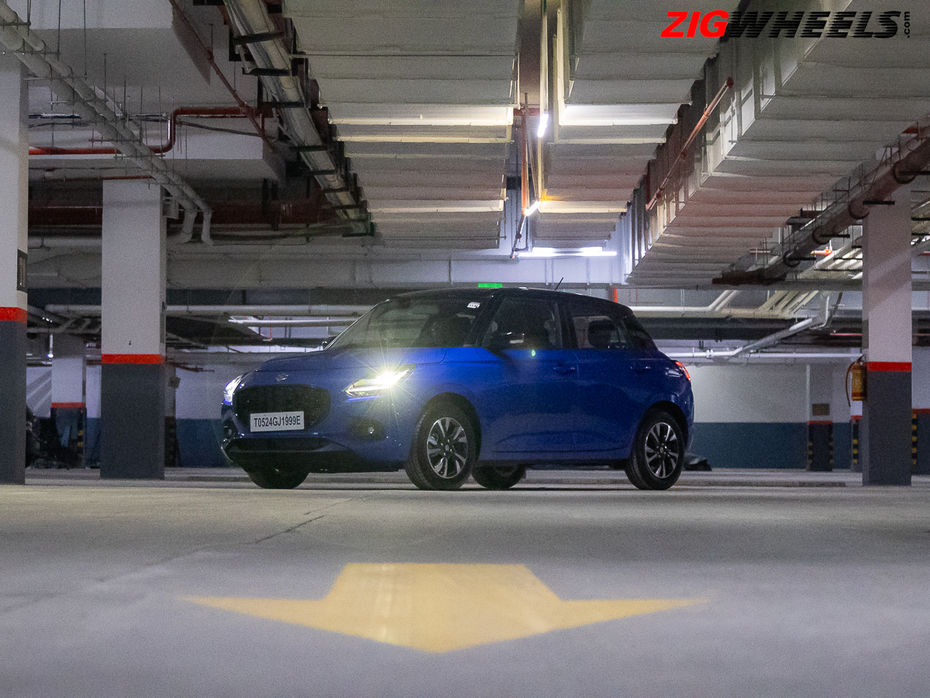
But (and this is a big but) if you expected the Swift to move goalposts and set new benchmarks, it’s going to underwhelm you. Maruti could have offered a richer cabin experience with better materials and a fatter features list. Similarly, global models feature hybrid tech and even a CVT, both of which the Indian model misses out on.
The kicker is the price which is quite close to Maruti’s own Baleno and Fronx. Both of these are not just larger vehicles but also offer a little more value for money.
The biggest reason to get a Swift remains that you’d want nothing else but a Swift.


New Maruti Suzuki Fronx Driven: This Crossover Gives Baby Grand...

Tata Tiago iCNG AMT: Balancing Convenience and Cost

Maruti Brezza Vs Hyundai Venue Vs Tata Nexon – Ride And Handling

2022 Maruti Suzuki Brezza First Drive Review: Pricier! Techier!...

Maruti Swift: Old vs New | An Enthusiast's Awakening |...
 Maruti FRONX
Maruti FRONX
 Maruti Wagon R
Maruti Wagon R
 Hyundai Grand i10 Nios
Hyundai Grand i10 Nios
 Maruti Ignis
Maruti Ignis
 Tata Tiago
Tata Tiago
India's largest automotive community
 Here Is A List Of SUVs Coming To The Indian Market In 2025
Here Is A List Of SUVs Coming To The Indian Market In 2025
 Check Out The List Of The Top 5 SUVs Showcased At The Auto Expo 2025
Check Out The List Of The Top 5 SUVs Showcased At The Auto Expo 2025
 Auto Expo 2025: Toyota Hilux Black Edition Explained In 10 Images
Auto Expo 2025: Toyota Hilux Black Edition Explained In 10 Images
 India’s Most Affordable Car, The Vayve Eva Is Priced From Rs 3.25 Lakh! Here Is A Look At All Of Its Variants!
India’s Most Affordable Car, The Vayve Eva Is Priced From Rs 3.25 Lakh! Here Is A Look At All Of Its Variants!
 Maruti Dzire
Rs. 6.79 Lakh
Maruti Dzire
Rs. 6.79 Lakh
 Maruti Ertiga
Rs. 8.69 Lakh
Maruti Ertiga
Rs. 8.69 Lakh
 Maruti Brezza
Rs. 8.34 Lakh
Maruti Brezza
Rs. 8.34 Lakh
 Maruti FRONX
Rs. 7.51 Lakh
Maruti FRONX
Rs. 7.51 Lakh
 Maruti Grand Vitara
Rs. 10.99 Lakh
Maruti Grand Vitara
Rs. 10.99 Lakh
 Maruti Swift
Rs. 6.49 Lakh
Maruti Swift
Rs. 6.49 Lakh
 Maruti Baleno
Rs. 6.66 Lakh
Maruti Baleno
Rs. 6.66 Lakh
 Maruti Wagon R
Rs. 5.54 Lakh
Maruti Wagon R
Rs. 5.54 Lakh
 Tata Tiago
Rs. 4.99 Lakh
Tata Tiago
Rs. 4.99 Lakh
 Maruti Alto K10
Rs. 3.99 Lakh
Maruti Alto K10
Rs. 3.99 Lakh